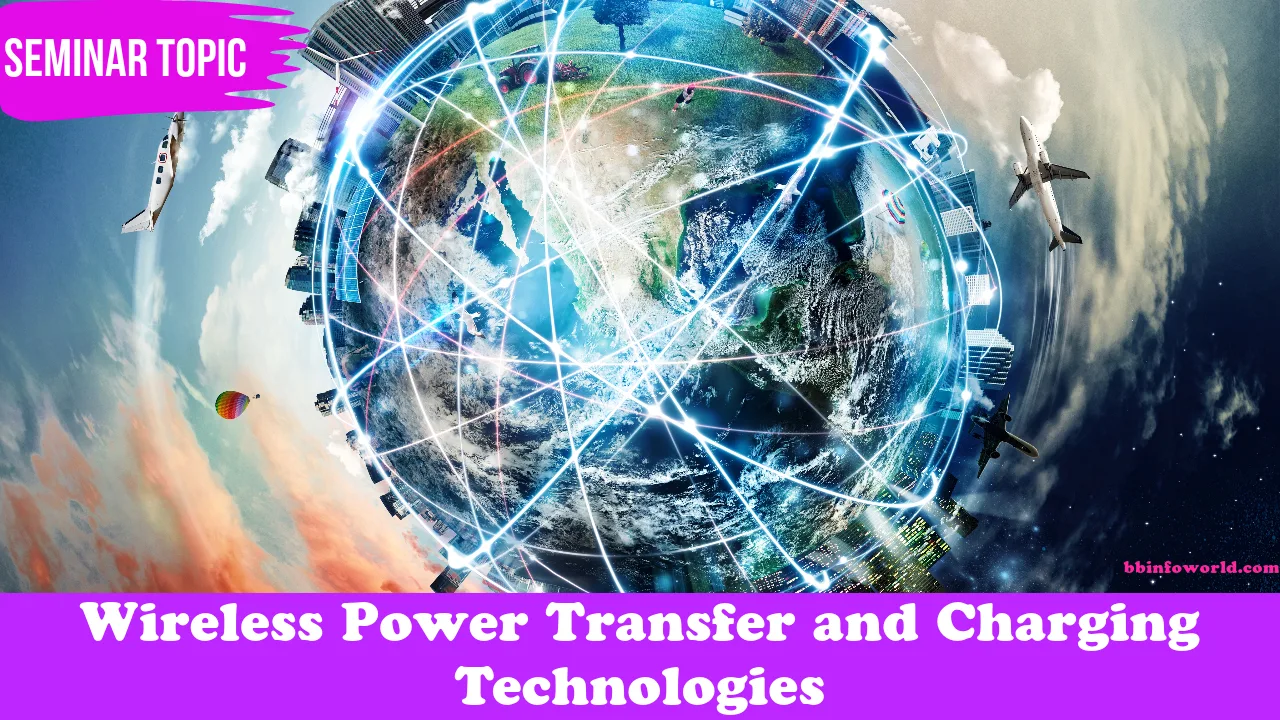
Wireless Power Transfer and Charging Technologies
Explore advancements in wireless charging methods for electronic devices and electric vehicles, including resonant inductive coupling and radio frequency (RF) energy harvesting.
Wireless Power Transfer and Charging Technologies:
Wireless power transfer (WPT) and charging technologies have emerged as innovative solutions for eliminating the need for physical connectors and cords to charge electronic devices and electric vehicles (EVs). This technology enables the transfer of electrical energy from a power source to a target device without the need for direct physical contact. This explanation will delve into the advancements in wireless charging methods, focusing on resonant inductive coupling and radio frequency (RF) energy harvesting.
Resonant Inductive Coupling:
Resonant inductive coupling is a wireless charging method that relies on the principle of electromagnetic resonance. It involves two primary components: a transmitting coil (located in the charging pad) and a receiving coil (embedded in the device or vehicle). Here’s how it works:
- Basic Principle: When an alternating current (AC) is passed through the transmitting coil, it generates an oscillating magnetic field around it.
- Resonance: The receiving coil, tuned to the same resonant frequency, captures the magnetic field’s energy. Resonance enhances the energy transfer efficiency and extends the charging range.
- Energy Transfer: The magnetic field induces an alternating current in the receiving coil, which can then be rectified and used to charge the device’s battery.
Advancements and Benefits:
- Higher Efficiency: Resonant inductive coupling offers higher energy transfer efficiency compared to non-resonant methods. This leads to faster and more effective charging.
- Increased Range: The resonant nature of the system allows for a relatively larger spatial gap between the transmitting and receiving coils, enabling more convenient charging without precise alignment.
- Ease of Integration: This method can be integrated into various devices and environments, from smartphones to electric vehicle charging stations.
Radio Frequency (RF) Energy Harvesting:
RF energy harvesting is an innovative wireless charging approach that harnesses ambient radio frequency signals from the environment to power electronic devices. It involves converting radio frequency electromagnetic waves into usable electrical energy.
Basic Operation:
- Antenna and Rectification: An antenna captures RF signals (e.g., from Wi-Fi, cellular networks) and converts them into an alternating current.
- Rectification and Storage: The AC current is rectified into direct current (DC) and stored in a capacitor or battery for later use.
- Device Powering: The stored energy is used to power low-power electronic devices or to supplement their battery charging.
Advancements and Benefits:
- Energy Harvesting: RF energy harvesting offers the potential to power low-power devices continuously without the need for traditional charging methods.
- Ubiquitous Energy Source: RF signals are pervasive in urban environments, making RF energy harvesting a promising solution for various applications, including IoT devices and wireless sensors.
- Reduced Environmental Impact: By utilizing existing RF signals, this method contributes to energy efficiency and reduces the need for disposable batteries.
Conclusion:
Wireless power transfer and charging technologies, such as resonant inductive coupling and RF energy harvesting, represent cutting-edge advancements in the field of electrical and electronics engineering. These technologies offer convenience, efficiency, and sustainability by eliminating the need for physical connections and cords while providing a reliable and innovative approach to charging electronic devices and electric vehicles. As research and development continue, we can expect further improvements and wider adoption of these wireless charging methods in various industries.



